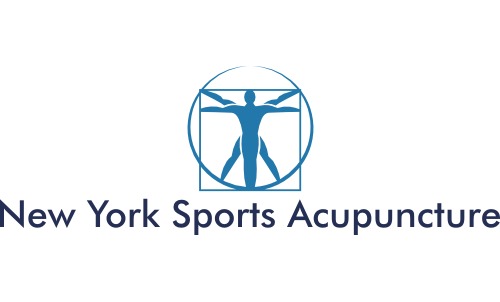Opioid Addiction: What Is It
and Why Is It Prevalent Today
Opioids. A word all too common to today’s
society. Since the late 1990s, the number of opioid-related deaths has
increased dramatically, having taken the lives of nearly 64,000 Americans each
year.
The opioid epidemic is considered to be the
deadliest crisis in United States history and overdoses have also become the
leading cause-of-death in people under the age of 50 in the United States.
OPIOID HISTORY
There are many theories regarding the opioid
epidemic and how we got to this point. One thing is for certain is that it
began in the 1990s and it started in the medical pharmaceutical industry.
During this period of time, medical doctors
were being pressured to treat chronic pain more aggressively. In response to
this pressure, doctors began prescribing long-term use of opioids so that
patients could better deal with their pain. At the same time that this was
happening, pharmaceutical companies were touting opioids as non-addictive and
not harmful.
Doctors were prescribing drugs at higher rates
and according to the Center for Disease Control (CDC), by 2015, there were
enough pills being prescribed to medicate every American daily for three weeks
straight.
ADDICTIVE NATURE
There are many who may not know just how addictive
opioids can be. Studies have shown that patients who take the medications for
as little as a week have a higher chance of developing an addiction.
It’s a common occurrence for those who have
previously been prescribed opioids to begin misusing them. Oftentimes, if their
supply ran out or their prescription expired, getting medication from friends,
family or buying them illegally was how people gathered them.
This behavior led to the medications being harder
to obtain and people turning to black market forms of the drugs or using
illegal drugs like heroin, to help battle their chronic pain.
USE OF OPIOIDS
Opioids are used to relieve pain because they lower
the number of pain signals the body sends to the brain. They also change how
the body responds to the pain. Opioids include codeine, fentanyl, morphine,
oxycodone, hydrocodone, hydromorphone and tramadol.
They tend to be safe when taken as prescribed,
but since they are highly addictive, they can be easily misused and people don’t
even realize they have an addiction.
This type of medicine alters the brain by
creating artificial endorphins, which make you feel good. Overuse of them can
cause the brain to actually stop making natural endorphins if opioids are used
too frequently and at high dosages. Thus, the body becomes dependent on the
synthetic drug and builds up a tolerance, which requires more and more of the
drug to achieve the same level of pain relief.
ACUPUNCTURE AND OPIOIDS
Unfortunately, it seems this epidemic is not going
away anytime soon. As doctors start to crack down on the prescriptions they are
handing out, more and more people are seeking out other forms of pain-relief
and that’s where Acupuncture comes into play!
The stimulation of acupuncture needles improves blood circulation and helps you
heal naturally. Undergoing treatment from Traditional Chinese Medicinal
practices can also help your body begin producing natural chemicals that are
used as painkillers, thus relieving chronic pain without the addiction.
Acupuncture is believed to rebalance energy and qi (the body’s life force) in
order to alleviate pain and boost overall health from the inside out!
While there are numerous ways to treat opioid
addiction, the fact remains the crisis is one that will be dealt with for
generations to come, both physically and financially. If you have additional
questions about opioid addiction and how you may benefit from acupuncture
treatments, reach out to us and schedule an appointment!
New York Sports Acupuncture
Dr. Bishara Wilson, DACM, L.Ac.
888.375.5444






